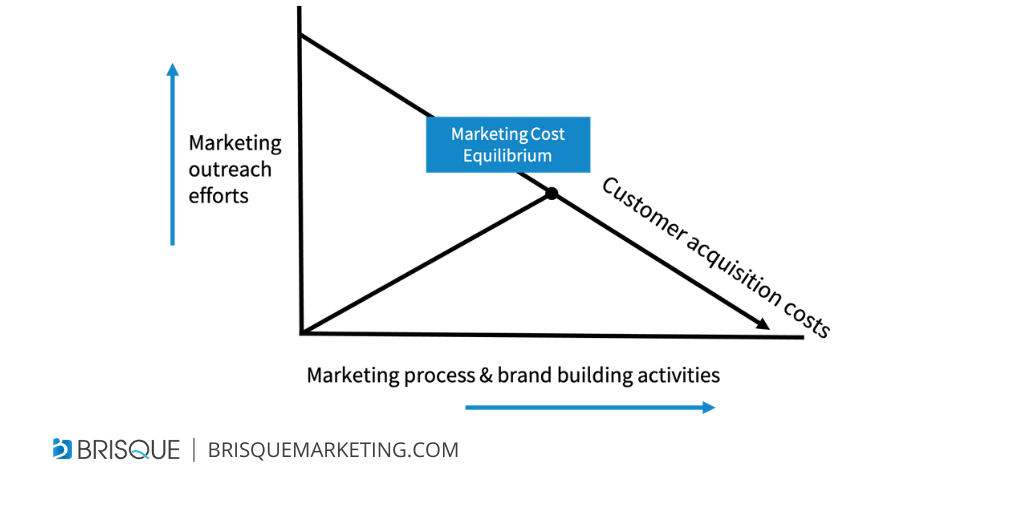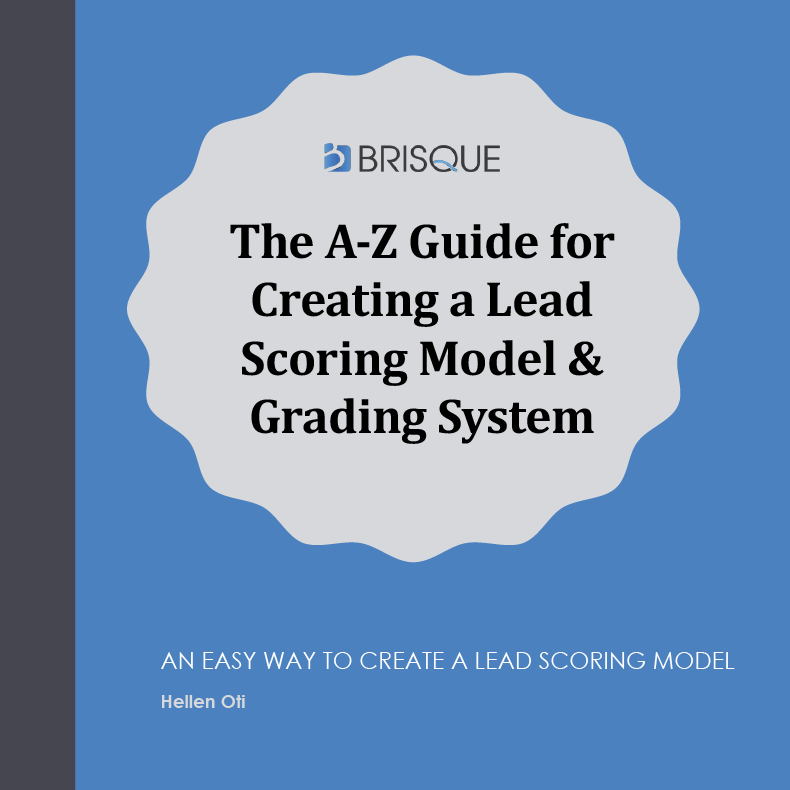I am often amazed by the number of businesses I talk to who have run their business with little to no marketing. For these businesses, the only form of marketing that they’ve had has been word-of-mouth marketing.
It’s genuinely incredible how having a great product and service can help your business take off. It creates brand ambassadors who continually bring business to you and are cheaper than any paid influencer you may ever have. A Nielson advertising study revealed that 83% of people trust recommendations from people that they know.
When I talk to the businesses that have been in business for many years without marketing, they are coming to the game with an advantage that a traditional startup wouldn’t have: a brand presence and social proof from their customers.
However, if I had consulted with those businesses in the early days, I would have advised them to concentrate their efforts on building a scalable marketing process as well. We would have discussed using customer feedback to make the product better and creating marketing campaigns to attract and convert more customer brand ambassadors.
It can feel like you just need to focus on sales in the beginning for most startups. As a result, you might use sales outreach efforts, including cold emailing or calling, to generate demand. As you are doing this, if you also have other long-term marketing activities in place, such as improving your online visibility by publishing educational content, you’ll tip the scales with time.
You’ll have more people coming to you who have already learned about your company and brand. They’ll have questions, but you may not have to do as much selling. Your sales teams can also pivot and concentrate their efforts on building better relationships with your existing customers if they have enough pipeline business coming in. By not concentrating on long-term marketing activities, you may never tip the scales.
Why You Should Care About Brand Building and Creating a Marketing Process
To get to an equilibrium with your marketing costs, it’s important to focus on long-term marketing activities. Essentially, from that point onwards, your customer acquisition costs are supposed to decrease. If you find that you keep having to increase your marketing acquisition costs to get new customers, you are most likely not spending the time to create a repeatable marketing process by learning from what’s working.

Related: The Real Reason Why You Are Not Building a Scalable Marketing Process
Here’s how to get started with building a repeatable marketing process
If you are at the point where you see the need to build a scalable marketing methodology or process, here’s what you need to do:
1. Be ready to take a step back with an open mind
This step is very critical. Don’t assume that you know everything that there is to know about your customers and your industry. You’ll be surprised what you discover if only you let yourself explore the possibilities.
The idea here is to discover:
- More reasons why customers select your product
- The day-to-day challenges that you solve for your customers
- What your competitors might be missing or not addressing.
2. Revaluate your brand strategy
In line with taking a step back, now is an excellent time to reevaluate your brand strategy and positioning. It’s important to validate your idea of your brand with what your customers think about your brand. If you do, you can start to create a brand experience in the marketplace that matches your value proposition. In my previous post on how to perform a brand perception analysis, I cover this in more detail.
Essentially, your customer brand perception analysis can be as simple as a three-question survey that covers:
- Challenges that your customer was facing that led them to look for a solution
- Why your customer selected your product/company
- Why your customer stays with your company
Our brand perception analysis guide can help you with this process.
Related: Brand Strategy vs. Marketing Strategy vs. Marketing Activity: What’s The Difference?
3. Don’t be afraid of the hard work and time that it takes to create a marketing process
There is no way to sugarcoat this. Unfortunately, there are no shortcuts here. You just have to dig in and do the work. The sooner you start, the sooner you’ll start reaping the benefits.
4. Don’t jump into busy marketing work!
Another thing to remember is that even though you have to play catchup, remember that marketing is a marathon, not a sprint. The winner is often the company that can maintain a steady pace throughout the race and not burn out towards the end. That means that when you get started, you have to pace yourself. Try a few different marketing strategies, see what works, make adjustments, and add on as needed.
Don’t bite off more than you can chew. Start slowly and then build up as you go. You may get overwhelmed and jump ship if you do too much too soon.
5. Invest time into creating a marketing strategy and plan
Don’t miss this step!
Invest time into creating a strategy and plan. Don’t just say, “well, we should be posting on social media, so I’m going to start posting now!” And then start posting without a clear direction or strategy on what you are trying to do.
Pro Tip: As you create your marketing strategy and plan, don’t forget to create a marketing roadmap and marketing calendar to help you stay organized and keep your eyes on the prize.
Related: How to Create a Marketing Roadmap
6. Don’t be afraid to be bold with your marketing
Find a unique angle to help you stand out. Don’t get too obsessed with what your competitors do. Find out what works for you and stick to it. Copying your competitors will just not do the trick. As I mentioned previously, when you are researching your competitors, focus on trying to discover what they might be missing and not on doing what they are already doing.
Here are some tips for conducting competitor research that helps you stand out:
- Look at online review websites to discover customer complaints.
- Read industry reports on their products.
- Analyze their marketing messages to uncover the pain points that they address and what they might be missing
7. Start with your low hanging fruits
Your low-hanging fruits will be easy but impactful marketing activities that you can tackle right away. An example is using your Google Analytics to discover the keywords that your website already ranks for, then start optimizing those keywords if they are relevant.
Pro Tip: Marketing activities that you have resources for, you’d rank as important, have a high level of urgency, and have a low level of difficulty will often fall into your tackle right away list.
Read Also:









